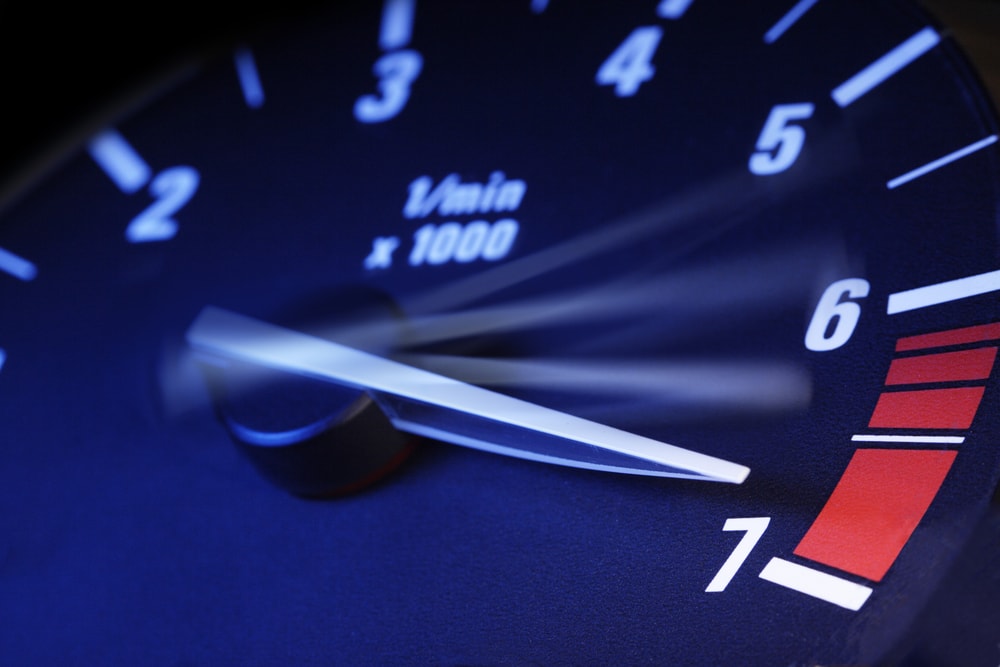Comprehensive Overview to Understanding and Using a Tachometer Successfully
Comprehensive Overview to Understanding and Using a Tachometer Successfully
Blog Article
The Value of a Tachometer in Monitoring Engine Speed and Efficiency in Automotive Applications
In the realm of vehicle engineering, the tachometer stands as a critical instrument in the motorist's arsenal, supplying a straight window right into the inner workings of an automobile's engine. Beyond its function as a plain gauge of transformations per min (RPM), the tachometer works as an important device for enthusiasts and experts alike, offering real-time insights right into engine efficiency and health. Recognizing the significance of this tool goes beyond surface-level observations, diving right into the elaborate connection in between engine rate, power output, and overall driving experience. As we check out the complex role of the tachometer in automotive applications, a deeper recognition for its influence on vehicle dynamics and effectiveness starts to emerge.
Value of Monitoring Engine RPM
Keeping track of engine RPM, or revolutions per minute, is an important facet of vehicle maintenance and efficiency assessment. Engine RPM directly correlates with the rate at which the engine's crankshaft rotates, indicating exactly how promptly the engine is running.
Moreover, keeping track of engine RPM is essential for performance examination in auto racing and high-performance lorries. In summary, monitoring engine RPM is not just crucial for spotting problems yet likewise for maximizing engine performance in various auto applications.

Advantages of Real-Time Data
In vehicle applications, real-time data plays a vital function in providing instantaneous understandings right into the efficiency and problem of the vehicle. By constantly keeping track of numerous parameters such as engine speed, temperature level, fuel consumption, and much more, real-time information provides numerous benefits that add to enhanced effectiveness and security when driving.
In addition, real-time information assists in performance optimization by supplying instant comments on driving habits and engine efficiency. Chauffeurs can adjust their behavior in real-time based on this details to attain far better gas economic situation and lengthen the life expectancy of their automobile.

Furthermore, real-time data plays a vital function in modern-day automobile diagnostics, enabling professionals to rapidly diagnose and attend to breakdowns. This leads to lowered downtime, lower upkeep costs, and ultimately, boosted overall automobile integrity and durability (tachometer). By using the power of real-time data, auto stakeholders can make informed decisions that favorably impact both the efficiency and long life of the automobile
Influence On Gear Shifts
The tachometer plays an important function in optimizing gear changes by giving real-time engine rate information to the motorist. When coming close to the redline on the tachometer, it indicates the driver to upshift to protect against over-revving the engine and causing potential damage.
Moreover, the tachometer help in attaining smoother equipment shifts, especially in manual transmissions. By keeping track of engine rate, motorists can execute equipment shifts at the ideal RPM array, minimizing snagging motions and lessening wear on the transmission components. This precision on duty changes not only boosts driving convenience however also adds to my sources fuel efficiency.
Enhancing Fuel Performance
Provided the important role the tachometer plays in enhancing equipment shifts for efficiency and engine wellness, it straight adds to taking full advantage of fuel effectiveness in vehicle applications. By offering real-time responses on engine speed, the tachometer assists chauffeurs in maintaining one of the most reliable RPM range for gas economic climate. When motorists consistently keep an eye on the tachometer and readjust their driving behaviors appropriately, they can prevent unnecessary fuel intake brought on by over-revving or lugging the engine.
Moreover, the tachometer assists chauffeurs recognize the most fuel-efficient equipment to be in at any given moment, stopping the engine from working harder than necessary. This Homepage is specifically critical during velocity and cruising, where being in the best equipment can dramatically influence fuel performance. Additionally, the tachometer can inform chauffeurs to potential mechanical concerns that might be negatively affecting fuel economic climate, such as a slipping clutch or a clogged Look At This air filter. To conclude, the tachometer functions as a beneficial tool in boosting gas effectiveness by advertising optimal driving habits and identifying locations for enhancement in the car's performance.

Maximizing Engine Long Life
The tachometer's role in checking engine speed and performance is instrumental in making certain the durability of automotive engines. Keeping an eye on the tachometer allows vehicle drivers to stay within the advised RPM variety for their car, protecting against unnecessary pressure on the engine and extending its life expectancy.

Final Thought
Finally, the tachometer plays a critical function in monitoring engine rate and performance in auto applications. By offering real-time information on RPM, it enables reliable gear changes, enhanced fuel performance, and made best use of engine durability. This device is important for keeping optimal engine efficiency and ensuring the general functionality of a lorry.
Report this page